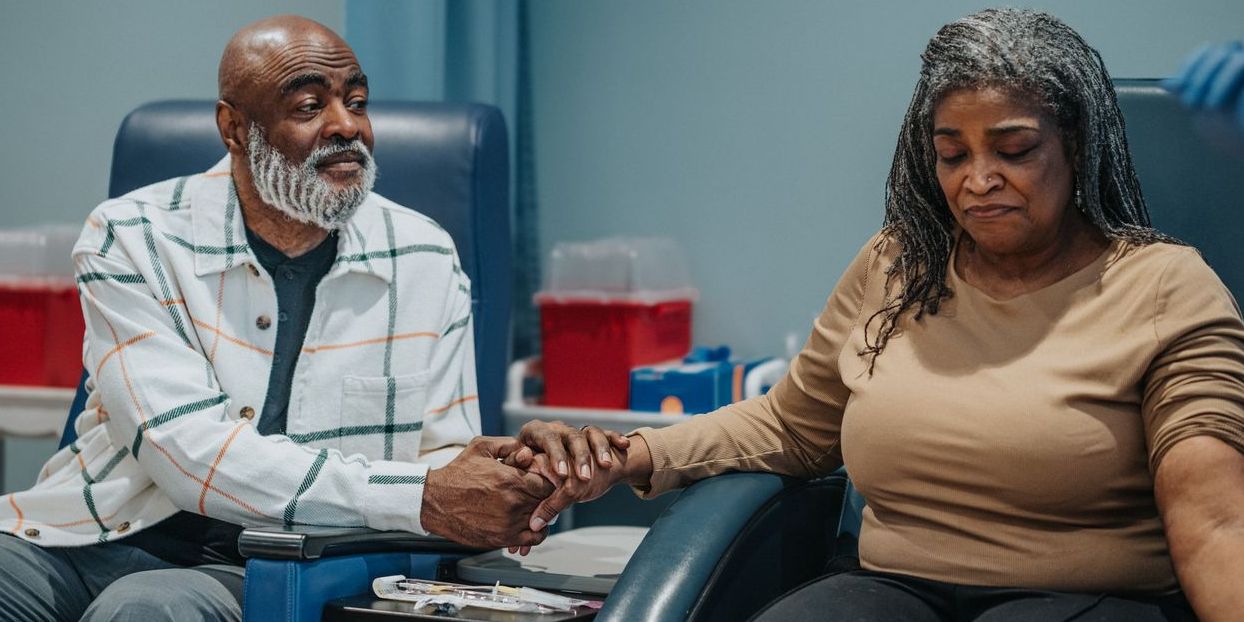Low-risk venous thromboembolism (VTE) patients are advised to be discharged from the emergency department (ED) on direct oral anticoagulants (DOACs) treatment. There is no data on whether this recommendation is followed in Israel.
To characterize newly diagnosed VTE patients who were discharged from the ED, their anticoagulation treatment at the ED, the recommended discharge protocol, and patient adherence.
We conducted a retrospective cohort study, which included all newly diagnosed VTE patients who were discharged from the ED. Collected data included demographic and clinical background; anticoagulation treatment at the ED, recommended discharge protocol and its subsequent adherence, patient subsequent, recommended hematological evaluation, and adverse events.
The study group included 443 patients, 89% with deep vein thrombosis (DVT). Approximately three-quarters were treated with anticoagulants in the ED, 98% with enoxaparin. At discharge, anticoagulants were recommended for all; 49% continued enoxaparin, 47% DOACs, and 4% warfarin. After 4 weeks, 67% were treated with DOACs, 22% with enoxaparin, 5% with warfarin. Approximately 6% discontinued all treatment. After 12 weeks, 90% of the patients who were taking DOACs adhered to the protocol, whereas only 70% and 50% among the enoxaparin and warfarin users, respectively, did. Only 56% were referred for hematological evaluation. The 12-week rate of adverse reactions was approximately 2%. The use of DOACs and the recommendation for further hematological evaluation increased over time.
Clinician training regarding discharge of VTE patients from the ED should continue.














Create Post
Twitter/X Preview
Logout